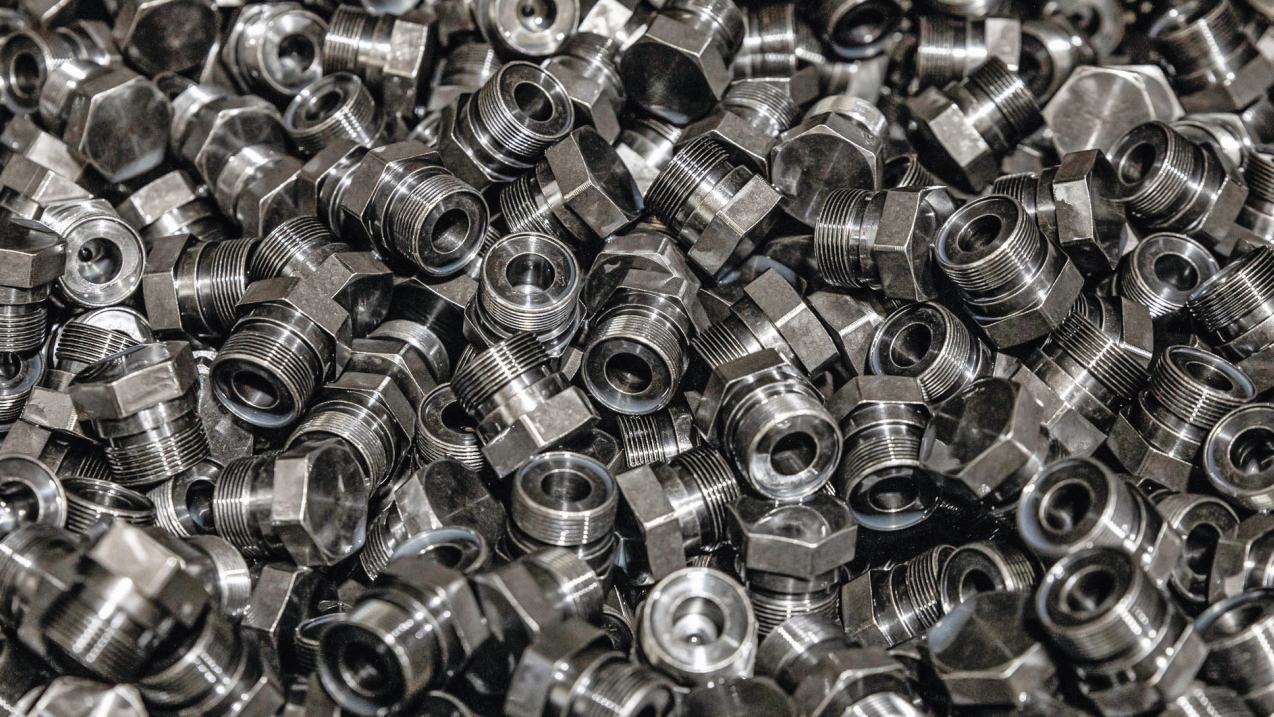Question: We have been coloring brass parts black in a so-called "blue stain" for years. Now our design department has changed the leaded brass to lead-free brass without consulting the electroplating department. This resulted in the coloring becoming insufficient. Instead of black, we now get a matt gold. The stain we use is based on copper carbonate and ammonia. As the process has proved successful so far, we would be reluctant to change. Is there an additive that we can use to achieve a black coloration with lead-free brass?
There are numerous methods and recipes in the literature for coloring non-ferrous metals [1]. The stain you described suggests the following recipe:
Ammonia: NH4OH, 1 L
Copper carbonate: CuCO3 200 g
It usually works at room temperature and produces a black to blue-black coloration. There must always be an excess of copper carbonate, which settles on the floor. If the coloration is insufficient, the temperature is increased, which, however, increases the consumption of ammonia. In addition, of course, there is the unpleasant odor.
What makes us suspicious is the big visual difference to leaded brass. These types of brass are precipitation alloys. The lead is undissolved in the brass and is therefore not evenly distributed like copper and zinc, which is why a uniform black coloration appears unrealistic due to the lead distribution.
There are indeed black colorations with lead, so-called luster brews. However, these are based on lead acetate, sodium thiosulphate and - depending on the recipe - potassium hydrogen tartrate (cream of tartar). A whole range of different colors are obtained with the lustres, as the lead sulfide is deposited in layers of increasing thickness on the metal surface and triggers interference in the manner of tarnish colors. Brass or tombac parts immersed in the brew initially take on a deep golden yellow color after a few seconds, which is also known as false gilding. The brew must be in constant motion. With a longer exposure time, a light red, then violet and finally dark blue coloration appears, which is why the lustre brew is often referred to as blue brew. If the immersion time is extended even further, a light blue or grey color will eventually appear. As the coatings change color during prolonged storage in the air, they should also be protected with a transparent varnish.
With regard to your problem, we initially suggest working with the parameters of time, temperature and copper carbonate concentration. It is possible that not only the lead has been removed from the brass, but also the copper to zinc ratio has shifted, which is why the coloring takes longer and new parameters need to be determined. We advise against switching to a lustration process, as we believe that it is counterproductive to apply a lead-containing layer to the lead-free brass.
Most black dyeing processes are based on the formation of copper(II) oxide (CuO), as well as the above-mentioned lustrous brew and processes with silver nitrate. If the adjustment of the parameters is not sufficient, you will have no choice but to switch to another process. Since lead is eliminated, the only remaining processes are those that form CuO or contain AgNO3. You can find numerous recipes in [1]. Alternatively, most chemical suppliers offer corresponding processes.
Literature
[1] Recipes for metal coloring, O. P. Krämer / T. W. Jelinek, Eugen G. Leuze Verlag, ISBN 978-3-87480-232-1





